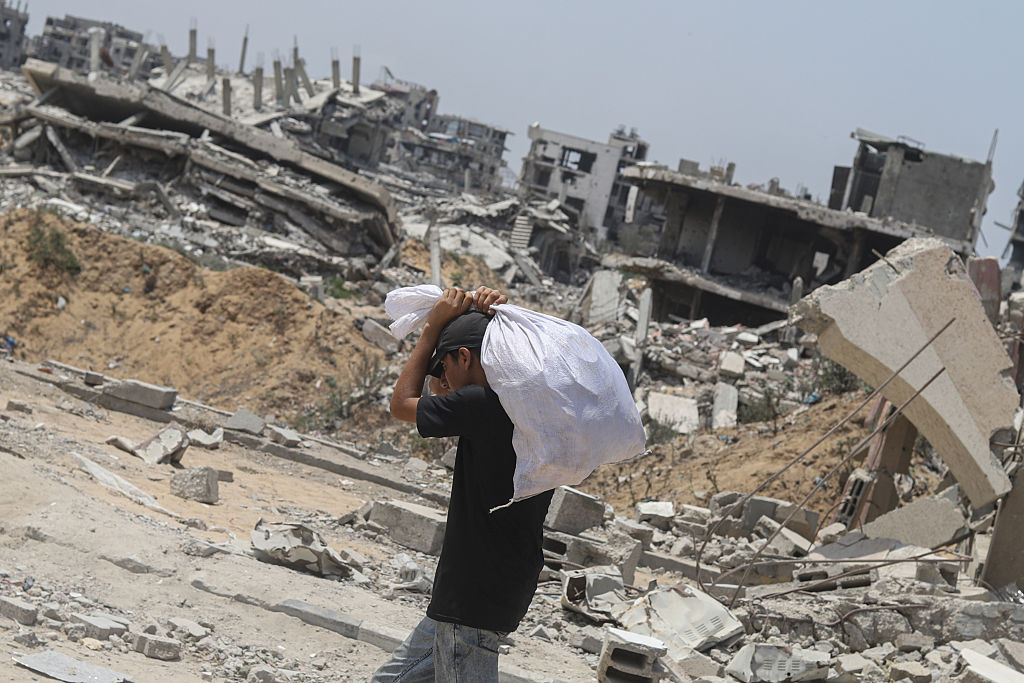- Interview by
- Cal Turner
- Sara Van Horn
When Israel and Hamas brokered a cease-fire in January 2025, it seemed possible that the suffering in Gaza would be alleviated, at least for a time. But since the truce was broken in March, the brutality of Israel’s war on Gaza has only escalated. In recent weeks, the death toll by starvation in the war has reached nearly two hundred, as Israel has blocked aid that would alleviate famine. As of August 10, at least 61,430 people have been killed in this war.
In Blowing Up Everything Is Beautiful: Israel’s Extermination of Gaza, released in April by Skyhorse Publishing, award-winning journalist James Robins puts forward a meticulous, damning account of Israeli actions in Gaza from October 2023 to January 2025. By matching military decisions and tactics to public statements made by Israeli leaders, Robins seeks to establish the genocidal intent required for conviction by the International Criminal Court. At the same time, Robins shows how widespread apathy in the face of these violations has revealed a profound disintegration of international law.
Cal Turner and Sara Van Horn spoke with Robins for Jacobin about the flaws in international frameworks governing genocide, how the Israeli military skirts legal condemnation, and why Gaza must be understood as a dividing line in world history.
Share this article
Contributors
James Robins is an award-winning independent journalist and historian based in London. His work has appeared in the New Republic, the Guardian, the Spectator, and the Times Literary Supplement, among other outlets.
Cal Turner is a writer based in Philadelphia.
Sara Van Horn is a writer living in Serra Grande, Brazil.
